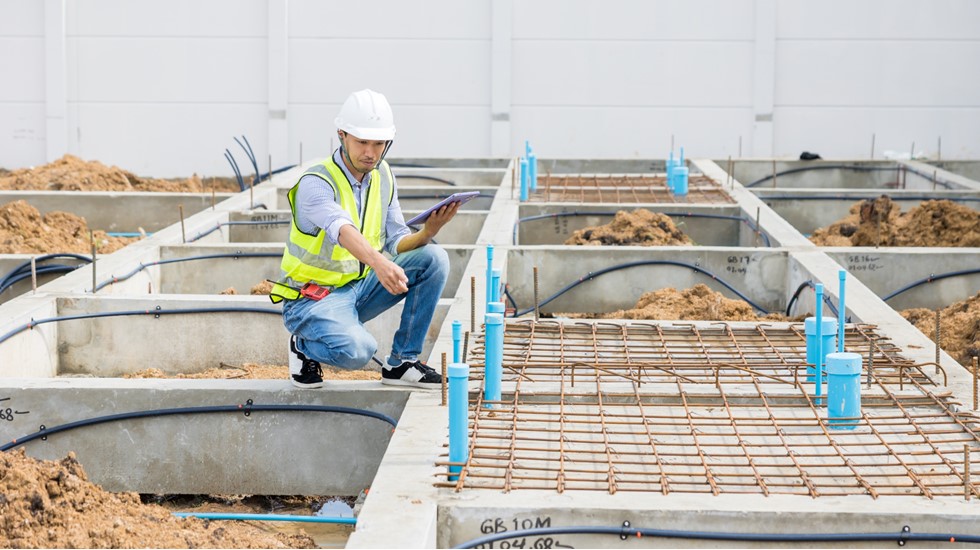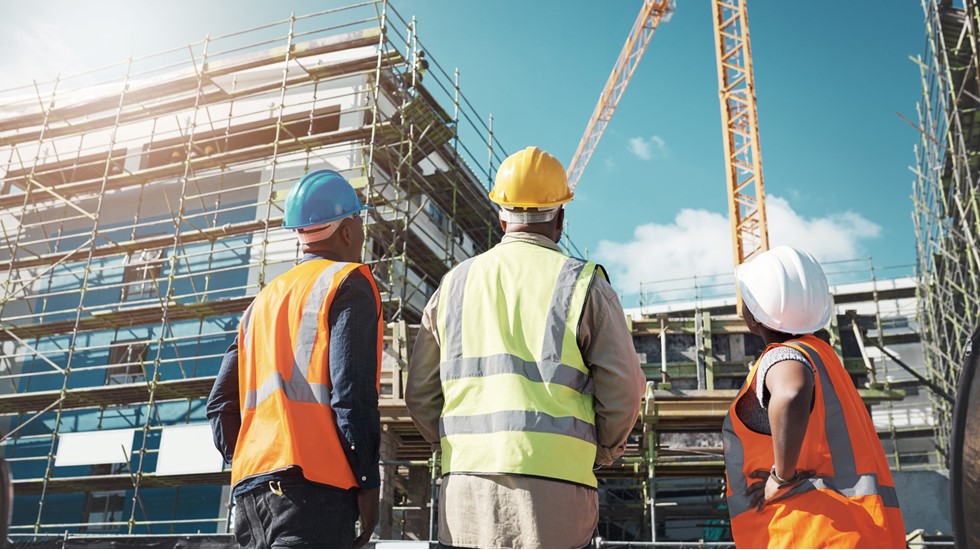Construction gained in August but fell on the year
Construction spending is concentrated on data centers.

November 17, 2025
Construction spending moved up 0.2% in August after July data were revised higher. Compared to a year ago, spending was 1.6% lower due to a decline in the private sector. Spending is not adjusted for inflation; the August producer price index showed that inputs to construction industries increased 2.2% from a year ago. This means activity was even more sluggish than the headline suggests.
The data release was delayed due to the longest-running government shutdown that ended on November 12. The release of September spending is yet to be announced.
Private residential construction spending jumped 0.8% on stronger multifamily construction. Single-family housing declined 0.4% due to still-high mortgage rates back in August. September was when we started to see the 30-year fixed mortgage rate start to move lower as the Federal Reserve began interest rate cuts on September 17. With rates hovering between 6-6.5% for much of September, building activity expanded slightly. Home builder sentiment remains in the doldrums, but fresh optimism is being expressed over stronger sales expectations over the next six months.
Private nonresidential construction spending fell 0.3% and was 4% lower than a year ago. Losses were concentrated in office, transportation, power and manufacturing infrastructure. Within office, data centers remain the bright spot, hitting another new record of spending. Nearly half of all office spending is on data centers; that share is expected to grow.
Within manufacturing construction, all major categories recorded monthly losses with computer, electronic and electrical manufacturing construction (the largest category), down 1.8% during August and 16% below year-ago levels. This is where we saw the boom in chip and battery plant construction from 2022-2024 due to federal government incentives and the launch of GenAI.
Public construction spending came in flat on the month but 2.7% higher than a year ago. The bulk of spending occurs at the state and local government levels, most of which started a new fiscal year in July. Stronger spending on education, public safety, power, water supply and conservation infrastructure held up in August
Uncertainty over the path of interest rate cuts and inflation will likely hold activity in a sluggish range.

Yelena Maleyev
KPMG Senior Economist
Bottom Line
The August construction data are stale but still point to a trend that is expected to continue with data center and power infrastructure expected to support construction activity into next year, while residential construction is taking longer to revive since mortgage rates began to trend lower in September. Tariffs still in place are contributing to increased input costs, like steel and aluminum, while immigration restrictions are affecting the construction sector’s ability to find labor, delaying projects and pushing up costs. Uncertainty over the path of interest rate cuts and inflation will likely hold activity in a sluggish range through the end of the year.
Explore more

Construction spending down three months in a row
Falling home values will dent wealth effects.

KPMG Economics
A source for unbiased economic intelligence to help improve strategic decision-making.

Policy in Motion: Insights for navigating with confidence
Your resource for the latest on trade, tariff and regulatory policy changes.
Subscribe to insights from KPMG Economics
KPMG Economics distributes a wide selection of insight and analysis to help businesses make informed decisions.
Meet our team
